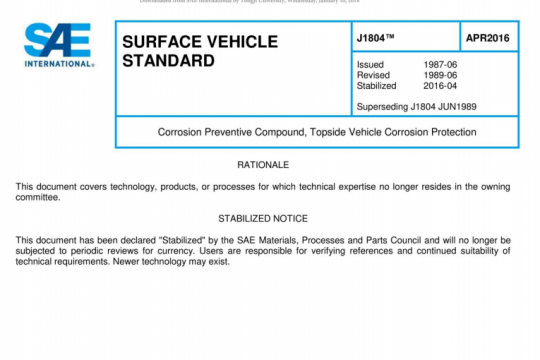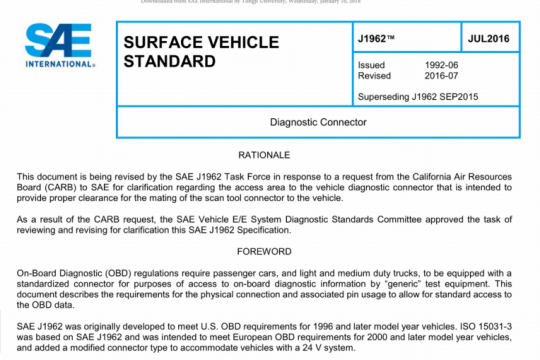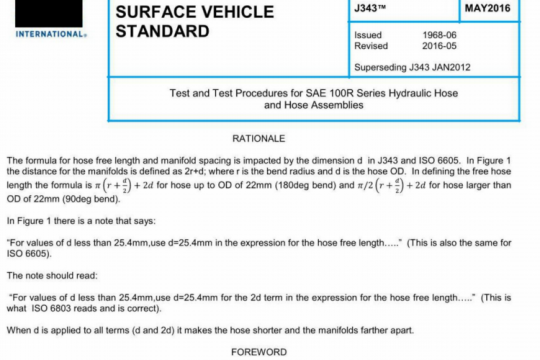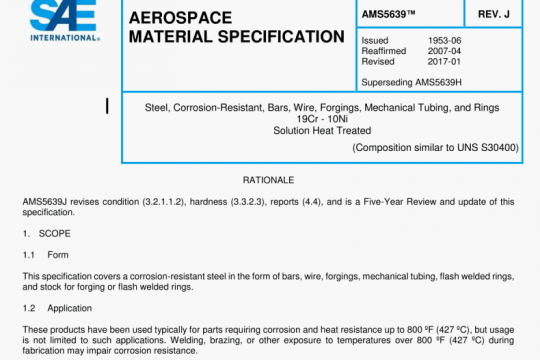SAE J1573:2019 pdf free
SAE J1573:2019 pdf free.OEM Plastic Parts Repair
Clean the damaged area of all dirt, grease, wax, and tar, using soap and water followed by solvent wash. Grind the damaged area with a 3″, 50 grit disc, operating at 5,000 rpm and observe the sanding characteristics. If the plastic sands smoothly and cleanly, it is thermoset plastic and can be repaired using conventional two-part (2K) plastic repair materials.If the grinding causes the plastic to smear or melt, it is a thermoplastic and an adhesion promoter will be required. Be sure and follow the manufacturer’s instructions of the repair material and for best results stay with one system of products throughout the repair. Note that many manufacturers of repair materials now recommend using an adhesion promoter on all plastics, with the exception of composites.
Cosmetic damage to plastic parts like bumper covers is very common. The puncture in Figure A1 has penetrated the cover causing several deep scratches and gouges. The following are general repair procedures that should be used for cosmetic or nonstructural damage.
If the piece has a distortion caused by the impact, it may be necessary to apply heat using a hot-air gun, while applying pressure to the affected area. After cleaning the damaged area with soap and water, grease and wax remover or suitable plastic cleaner, the surface is made ready for the application of a two-part (2K) repair adhesive or plastic welding. Note that instructions regarding cleaning vary greatly among suppliers. Supplier s instructions should first be followed. This is accomplished by grinding the damaged areas with a grade 36 grinding disc followed by grade 80 to remove the grade 36 scratches. It is important to vee out the area along a tear, around a puncture or gouge to expose more surface area for plastic welding. However, if making an adhesive repair, form a tapered, or dished out area to accept the repair material,rather than a vee groove. A vee groove will result in ghosting (read through). The paint is then featheredged back using a grade 180 disc on a random orbital (R/O) sander (Figure A2).SAE J1573 pdf free download.




